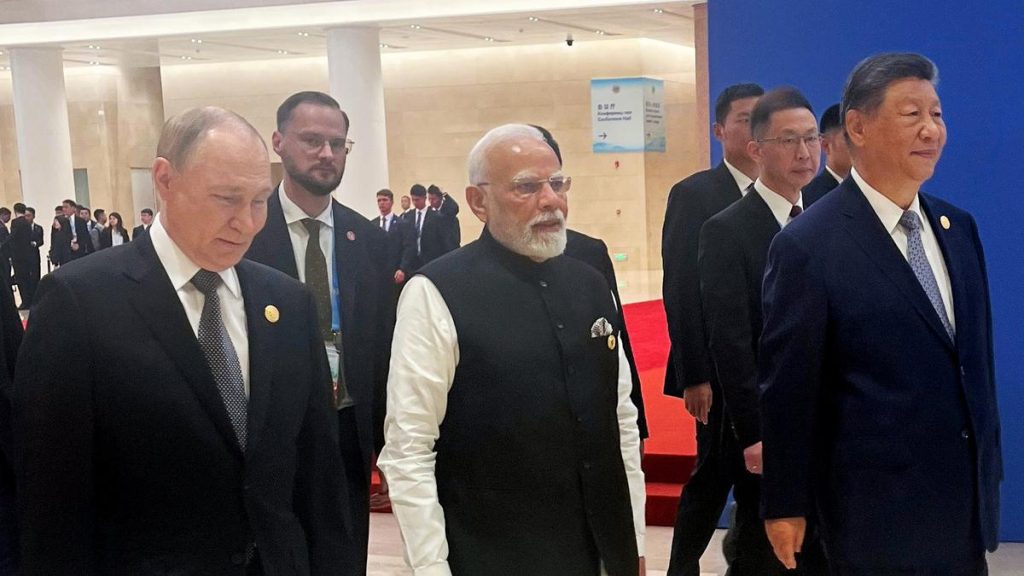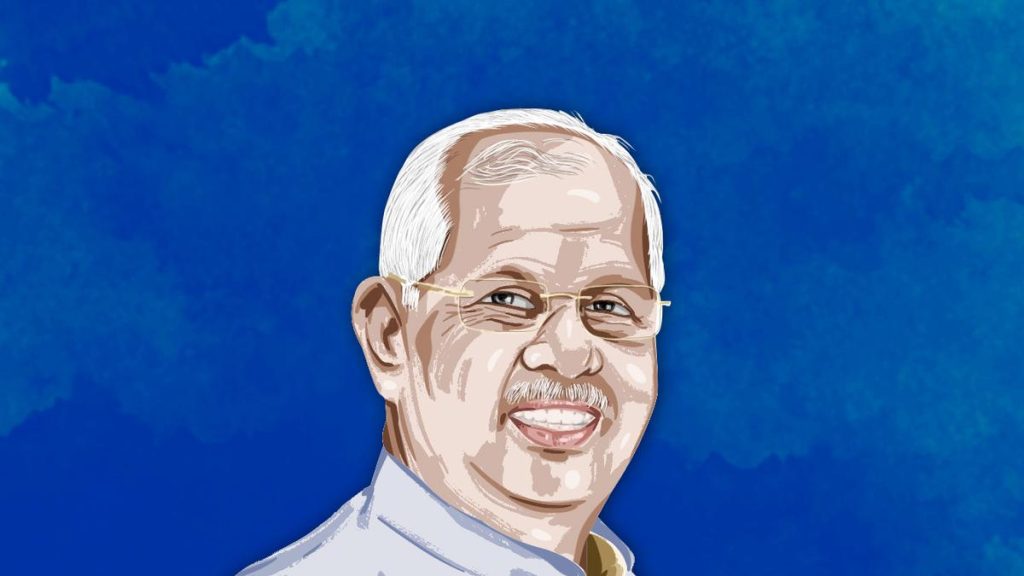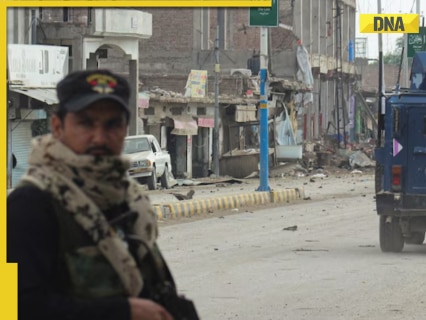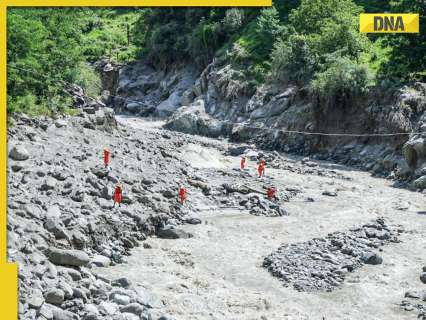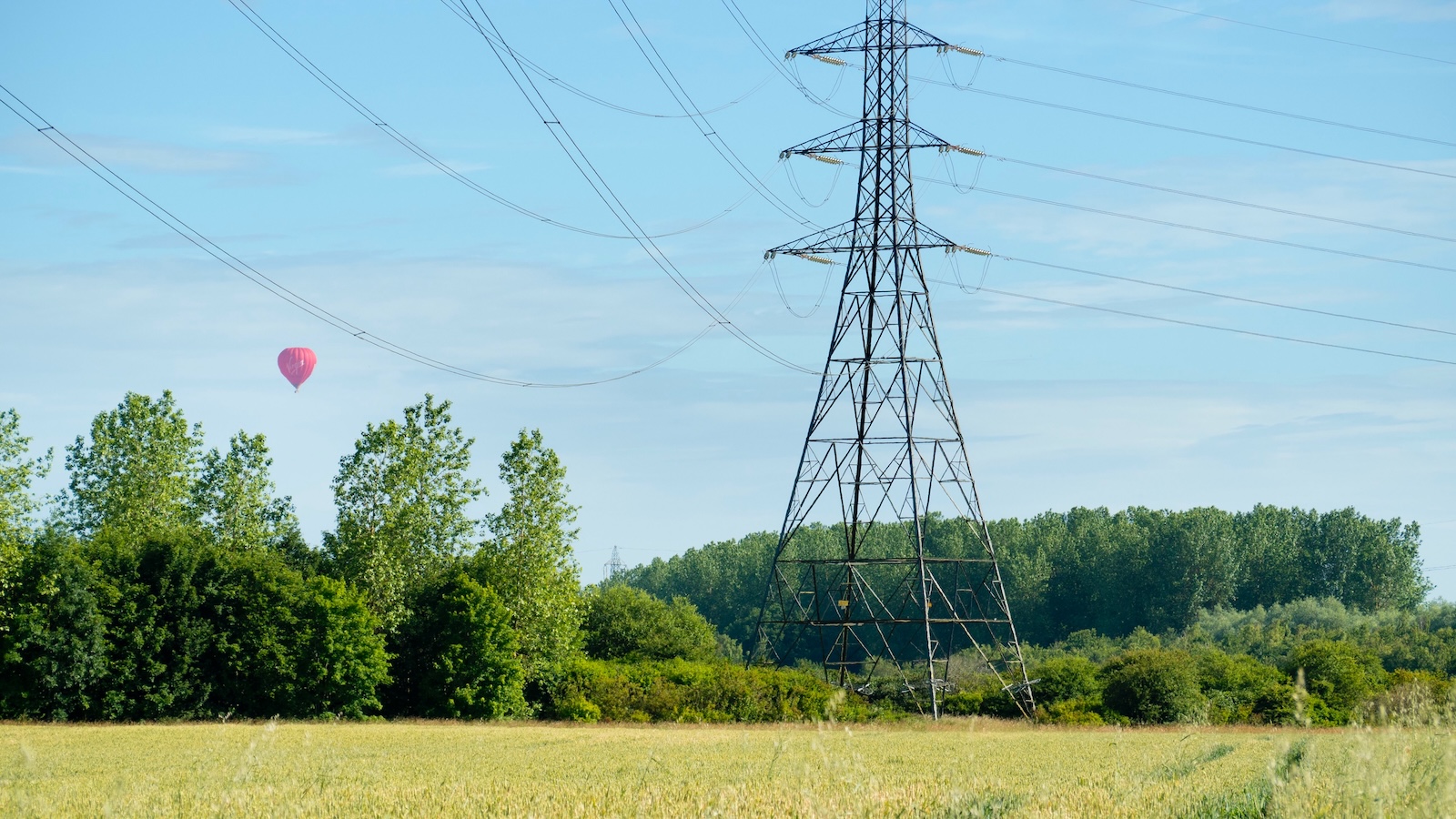Now Reading: Drones and AI Transform Wildfire Response
-
01
Drones and AI Transform Wildfire Response
Drones and AI Transform Wildfire Response
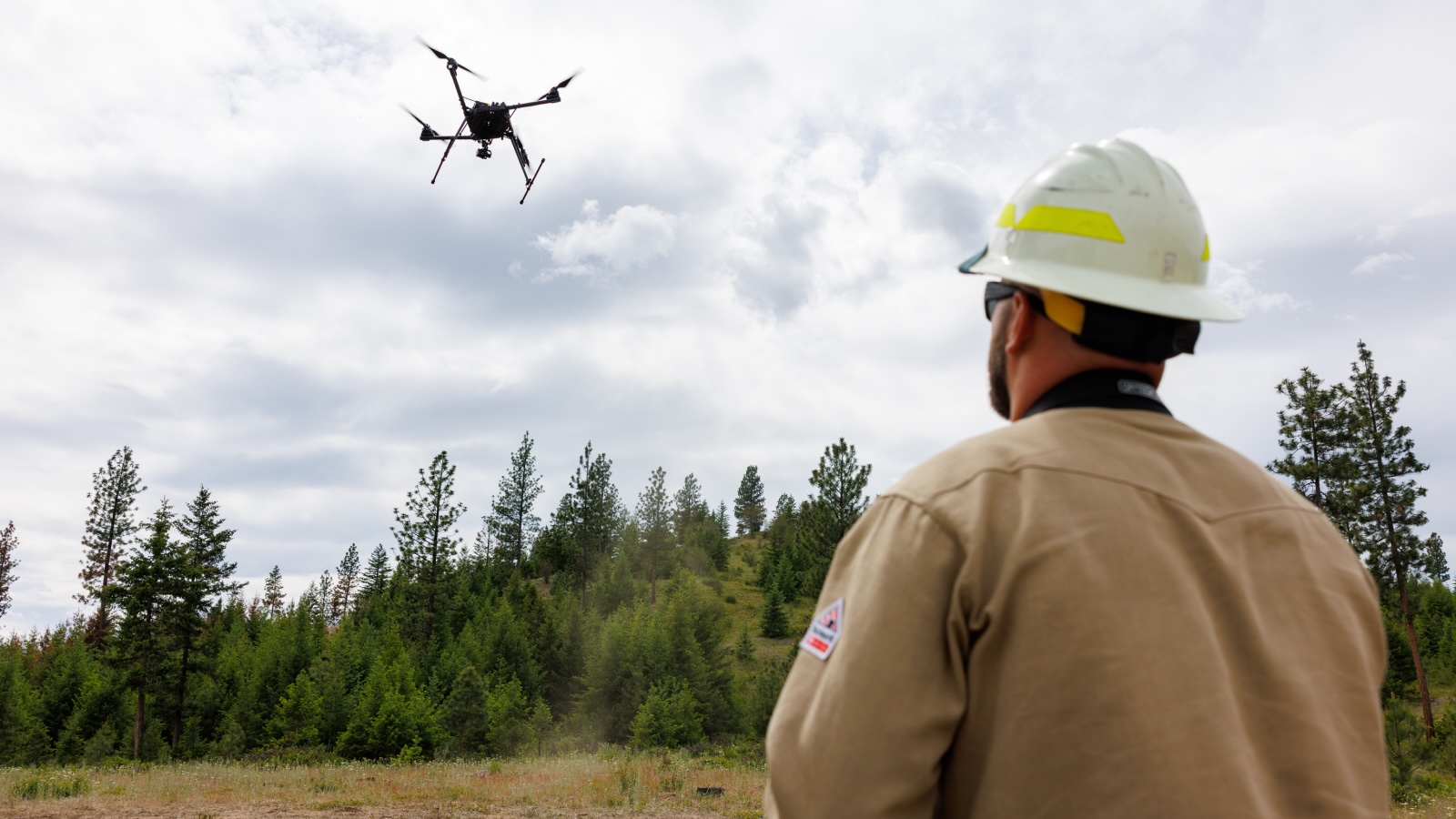
Fast Summary
- The Banana lake Fire in montana burned over 850 acres within a day, with firefighters using customary methods alongside advanced technologies like drones, private satellites, and AI models to combat wildfires.
- The U.S. Forest Service has seen a significant increase in drone deployments for wildfire operations – from 734 annual flights (2019) to over 17,000 (2024).
- Drones help identify hotspots using thermal imagery and allow safer firefighting by replacing risky reconnaissance flights with unmanned aerial systems (UAS). However, limitations include short battery life and restricted availability.
- Unauthorized hobby drones disrupt firefighting efforts by violating airspace restrictions near wildfires.
- Drones equipped with “dragon eggs” are revolutionizing prescribed burns by safely igniting controlled fires to reduce hazardous fuels on the ground. Researchers support their use as burning reduces the severity of future wildfires and smoke pollution when executed properly.
- SMART FIRES, a Montana-based project funded by the national Science Foundation, employs AI-enabled drones for real-time modeling of fires while addressing environmental safety concerns through community engagement and cutting-edge analysis tools like smoke-measuring vans.
- Indigenous tribes like MontanaS Confederated Salish and Kootenai Tribes incorporate ancestral knowledge into fire management but face bureaucratic challenges accessing drone technology due to federal aviation certification barriers despite proven qualifications.
Indian Opinion Analysis
The dramatic rise in technological tools like UAS and AI in wildfire management reflects an urgent response to intensifying climate-driven disasters such as prolonged droughts or erratic weather patterns globally impacting ecosystems similar to India’s forest regions. While innovations seem transformative-helping manage resources more safely-they also bring logistical hurdles regarding deployment scale or interference from unregulated civilian devices.
For India-a contry facing its share of forest fires due to escalating temperatures-modular adaptations inspired by these solutions could enhance both prevention measures (e.g., prescribed burns) or disaster response efficiency without exposing first responders directly where human harm risks persist greatest under wildfire overlaps system-coordination study gaps



